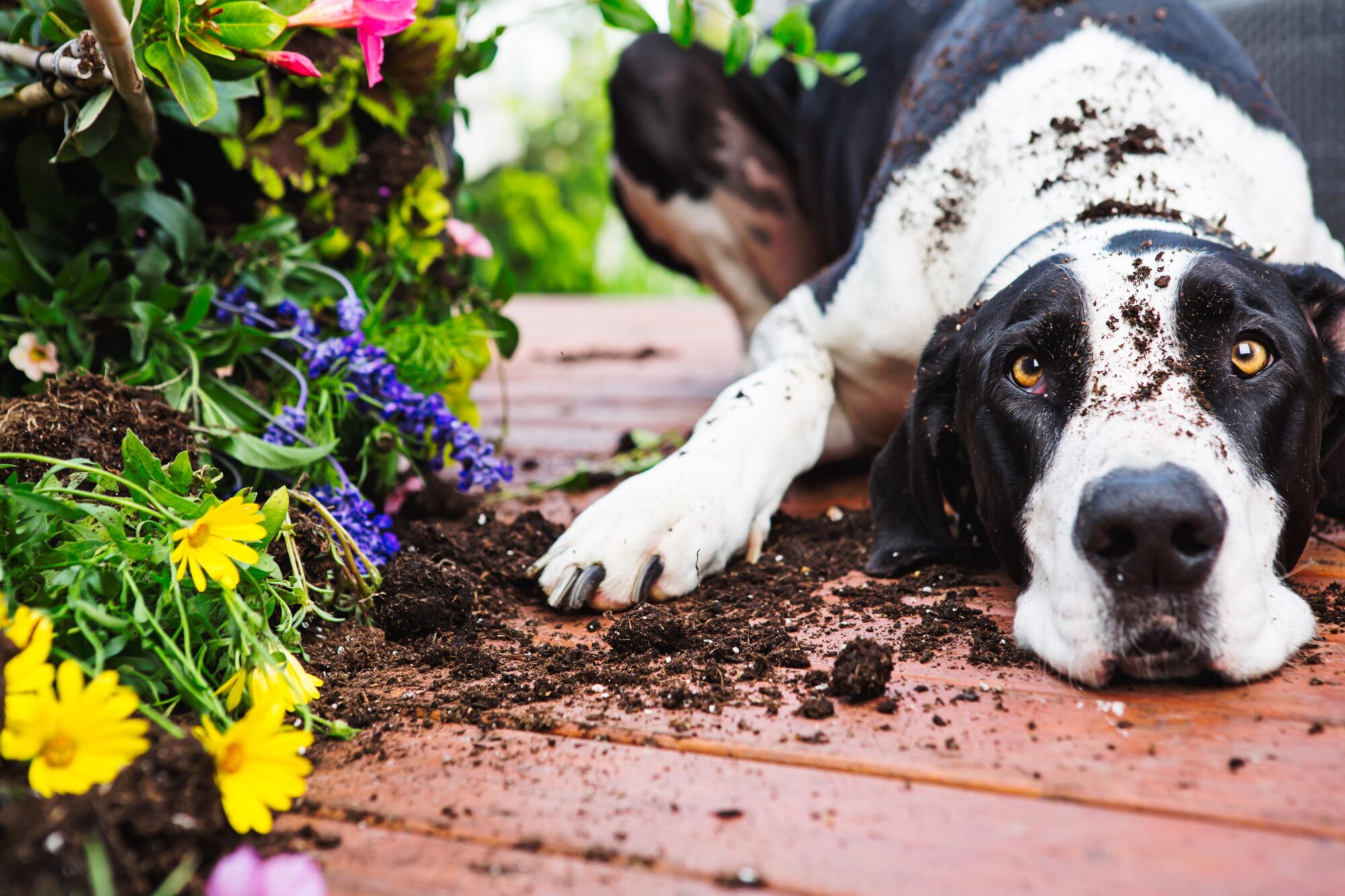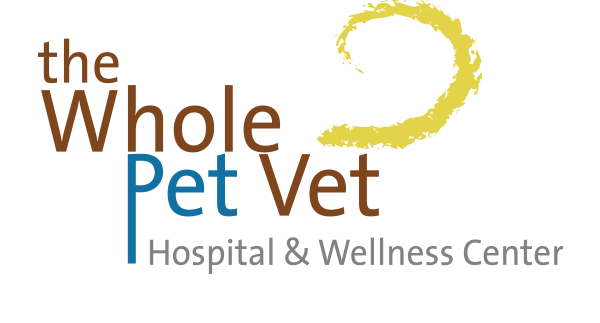Spring Gardening Safety for Pet Owners: Toxic Plants to Avoid

Whether you have a seasoned green thumb or simple horticultural aspirations, weekend warriors fill plant nurseries in preparation for an epic season of blooms, bees, birds, veggies, and herbs. It’s not surprising that there’s a strong crossover between plant people and those with pets. The natural world beckons us all, and our pets are among the most enthusiastic.
When done correctly, many gardens are not only inviting to pets, but completely safe. With our spring gardening tips for pet owners, you and your pet can enjoy the growing season together.
It’s Veggie Time
There are loads of pet-safe plants to choose from when considering your garden beds and landscaping plans. Not only good for you and your family, these veggies are strong contenders as lovely additions to the garden that also happen to be safe if/when a pet gets a random hankering for a crunchy snack.
- Squash
- Zucchini
- Cucumbers
- Carrots
- Broccoli
- Sweet potato
- Pumpkin
- Peas
- Lettuce
- Beets
Fruits like blueberries, watermelon, and cantaloupe are fine, but stone fruit trees, like cherry, apple, or peach, can be toxic if the seeds or pit are eaten. Also, these can present a risk of choking, so all fallen fruit should be picked up regularly.
Safe Flowers and Herbs for Pets
Every vegetable gardener knows how significant flowers are to the plan. Keep the bees buzzing with any of these pet-safe blooms:
- Marigolds
- Fuchsia
- African violets
- Sunflowers
- Petunias
- Snapdragons
- Camellia
- Rosemary
- Thyme
- Basil
- Parsely
- Catnip
- Cilantro
- Chamomile
- Mint
What to Avoid
Most gardeners wouldn’t dream of opting out of certain foods like garlic, onion, chives, leeks, or shallots, but they are very dangerous to pets that eat them. If you must, only plant them in areas of the garden that cannot be accessed by a pet. This applies to the following toxic plants as well:
- Grapes
- Nightshade veggies (potato, tomato, eggplant, sweet pepper)
- Avocados
- Foxglove
- Azalea
- Lilies
- Hydrangeas
- Asparagus fern
- Rhubarb
- Oleander
- Trumpet vine
- Japanese yew
- Castor bean
Spring Gardening Tips for Pet Owners
Once you know which plants you want that will also promote your pet’s safety and well-being, it’s important to assess fertilizers, composts, insecticides, and mulches.
- Opt for products that are clearly labeled safe or non-toxic, and only use as directed.
- Check out our previous blog about DIY insect control.
- Fertilizer can be applied to the soil and plants while a pet is safe inside the house. Only allow them to run to the garden after the product completely dries.
- Store these products behind closed doors, preferably on top shelves that a pet cannot reach.
- Be careful of certain mulches that contain cocoa beans. Safer items like cedar, cypress, or pine wood chips can still benefit the plants without endangering pet health.
Toxic Plants for Dogs and Cats
Unfortunately, dogs and cats get sick every spring due to eating the wrong thing in their own garden. If you have any questions or concerns about your pet’s safety and health, our staff is always here to help at The Whole Pet Vet Hospital and Wellness Center.
